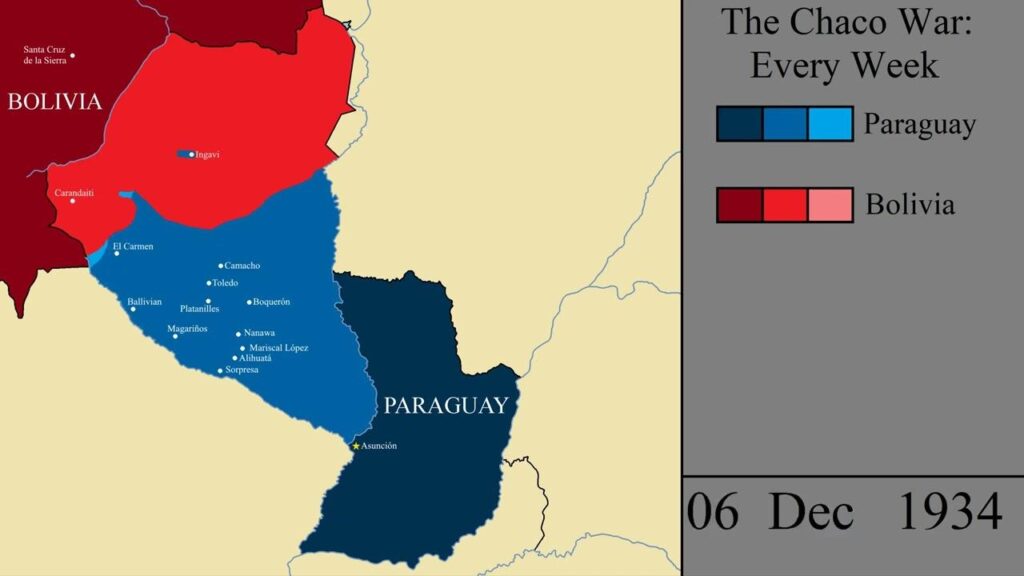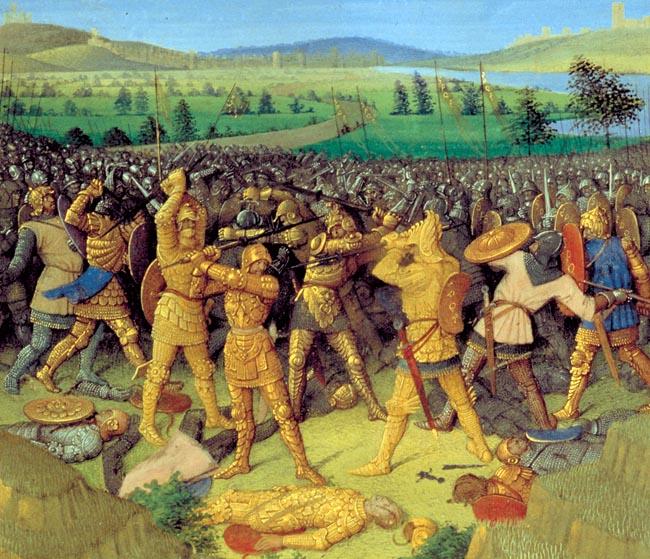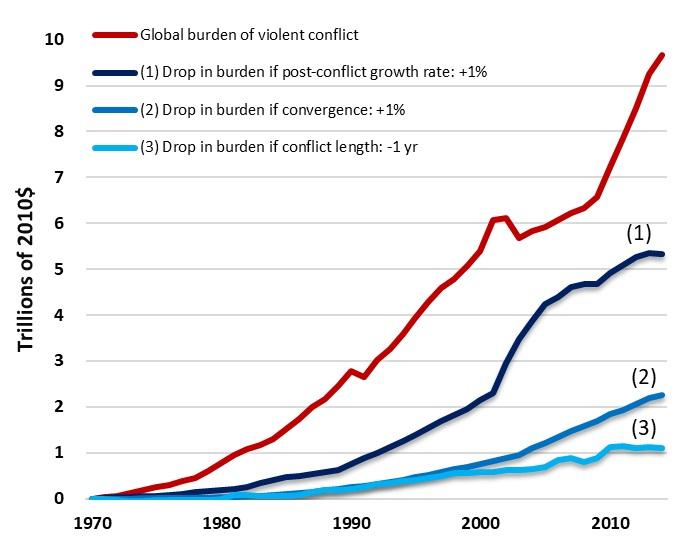The Ottoman Empire stands as one of history’s most remarkable military powers, shaping the course of Eurasian history for centuries. From its humble beginnings in the late 13th century to its zenith as a sprawling empire that bridged the East and West, the Ottomans forged a military legacy marked by innovation, discipline, and strategic brilliance. This article embarks on a historical journey through the Empire’s military dominance, exploring the forces, tactics, and key figures that propelled the Ottomans to the forefront of warfare and empire-building. Join us as we uncover the stories behind the empire that once commanded vast territories and influenced the world’s military landscape.
Table of Contents
- Origins and Rise of Ottoman Military Power
- Key Strategies and Innovations Behind Ottoman Conquests
- The Role of Janissaries and Elite Troops in Sustaining Dominance
- Lessons from Ottoman Military Tactics for Modern Defense Planning
- To Wrap It Up
Origins and Rise of Ottoman Military Power
In the late 13th century, a small Anatolian beylik emerged under the leadership of Osman I, laying the groundwork for what would become one of history’s most formidable military powers. Unlike many contemporaneous forces, the Ottomans combined traditional Turkic cavalry tactics with innovative battlefield strategies and a deep integration of various ethnic groups into their ranks. This fusion of diverse military traditions and a strong centralized command enabled rapid expansion and effective control over vast territories. The early Ottoman emphasis on mobility, discipline, and strategic use of fortresses set a precedent that ensured their forces could adapt to different combat scenarios, from sieges to open-field battles.
Several key factors contributed to the Ottoman military ascendancy during this era, including:
- The development of the Janissary corps: Elite infantry units originally formed from captured Christian youths, trained rigorously, and fiercely loyal to the Sultan.
- Innovative use of gunpowder weapons: Ottomans were pioneers in employing cannons and muskets, dramatically altering siege warfare dynamics.
- Flexibility and integration: Utilizing cavalry, infantry, and naval forces in a coordinated manner allowed them to dominate in varied terrains.
The combination of these multi-faceted strategies heralded a new era of military power, positioning the Ottomans as a dominant force not only in the eastern Mediterranean but across Europe and Asia for centuries to come.
Key Strategies and Innovations Behind Ottoman Conquests
The Ottoman Empire’s rise to military prominence was not merely a product of sheer numbers but rather the innovative approaches they applied to warfare and statecraft. Central to their success was the development of a highly disciplined and versatile army, which incorporated the famed Janissaries—a corps of elite infantry soldiers initially formed through the devshirme system. This system rotated non-Muslim youths, converting and training them as loyal, well-equipped warriors. Additionally, the Ottomans expertly integrated artillery technology, becoming one of the first empires to employ large cannons effectively in siege warfare, most famously at the conquest of Constantinople in 1453. This combination of infantry proficiency and advanced artillery became a blueprint for subsequent military campaigns.
Beyond the battlefield, the Ottomans excelled in strategic innovation and administrative efficiency. Their success hinged on a sophisticated logistical network that ensured the steady flow of supplies across vast territories, facilitating prolonged campaigns deep into Europe, Asia, and Africa. The use of flexible tactics—such as swift cavalry maneuvers and adaptive siege strategies—allowed Ottoman commanders to exploit the weaknesses of diverse enemies. Moreover, they practiced a pragmatic approach to governance, incorporating conquered peoples through a system of relative religious and cultural autonomy that minimized resistance and secured lasting control. Their ability to balance military might with clever diplomacy set them apart as one of history’s most formidable empires.
- Elite Military Units: The Janissaries and Sipahi cavalry formed the core of Ottoman combat power.
- Artillery Prowess: Early adoption and expert use of cannons revolutionized siege warfare.
- Logistics and Supply: Efficient systems ensured sustained campaigns across diverse terrains.
- Adaptive Tactics: Flexibility allowed the Ottomans to tailor strategies to different enemies and environments.
- Inclusive Governance: Cultural and religious tolerance helped maintain stability in newly conquered lands.
The Role of Janissaries and Elite Troops in Sustaining Dominance
The Janissaries were more than just soldiers; they were a formidable institution that formed the backbone of the Ottoman military might. Originally comprised of Christian youths taken through the devshirme system, these troops were rigorously trained in loyalty, discipline, and combat. Their unwavering allegiance to the sultan allowed the empire to maintain a centralized control over its vast territories. Equipped with advanced weaponry and formidable training, Janissaries distinguished themselves not only on the battlefield but also as influential political actors within the empire. Their ability to adapt to evolving military technologies, including firearms, gave the Ottomans a distinct edge over rival armies throughout centuries of conflict.
Beyond the Janissaries, the empire’s elite troops played a crucial role in projecting power and safeguarding its sovereignty. These specialized units, such as the sipahi cavalry and artillery corps, were expertly organized and strategically deployed to maximize battlefield effectiveness. Their contributions extended beyond conquest; they also enforced law and order, ensured the security of key trade routes, and acted as royal bodyguards. Key features that sustained their dominance included:
- Rigorous training regimes that prioritized both physical prowess and tactical knowledge.
- Strategic integration with the empire’s logistical and administrative systems.
- Innovative military tactics that kept the Ottoman forces formidable against diverse adversaries.
This combination of loyalty, skill, and strategic innovation underpinned the empire’s military successes and longevity, leaving a legacy that shaped the art of warfare in the early modern world.
Lessons from Ottoman Military Tactics for Modern Defense Planning
The Ottoman military legacy offers invaluable insights for contemporary defense strategists. Their approach to warfare was not solely reliant on brute force but emphasized adaptability and strategic foresight. One notable lesson is the importance of integrated unit coordination. The Ottomans skillfully combined various military branches such as infantry, cavalry, and artillery into a cohesive force that could rapidly adapt to shifting battlefield conditions. Modern defense planning can take a cue from this by fostering interoperability among different arms of the military, allowing for swift, synchronized responses to emerging threats.
Beyond battlefield tactics, the Ottoman emphasis on logistics and intelligence gathering underscores the critical role of preparedness in warfare. Their use of efficient supply chains and a network of informants enabled prolonged campaigns far from their core territories. For today’s planners, this translates into a focused investment on sustainable supply mechanisms and real-time intelligence capabilities. Key takeaways include:
- Flexibility in force deployment to counter unforeseen challenges
- Strong communication networks ensuring seamless information flow
- Continuous training and discipline to maintain troop effectiveness
By integrating these historic principles into modern doctrines, defense frameworks can become more resilient and responsive in an ever-evolving geopolitical landscape.
To Wrap It Up
In tracing the rise and sustained military dominance of the Ottoman Empire, one gains not only insight into the strategies and innovations that shaped centuries of conflict but also a deeper appreciation for the complex tapestry of history itself. The empire’s ability to meld diverse cultures, adapt to changing battlefields, and harness both tradition and innovation stands as a testament to its enduring legacy. As we reflect on this remarkable chapter, it becomes clear that the Ottoman military prowess was not merely a product of might but also of vision and resilience—a story that continues to captivate and inform our understanding of the past.












